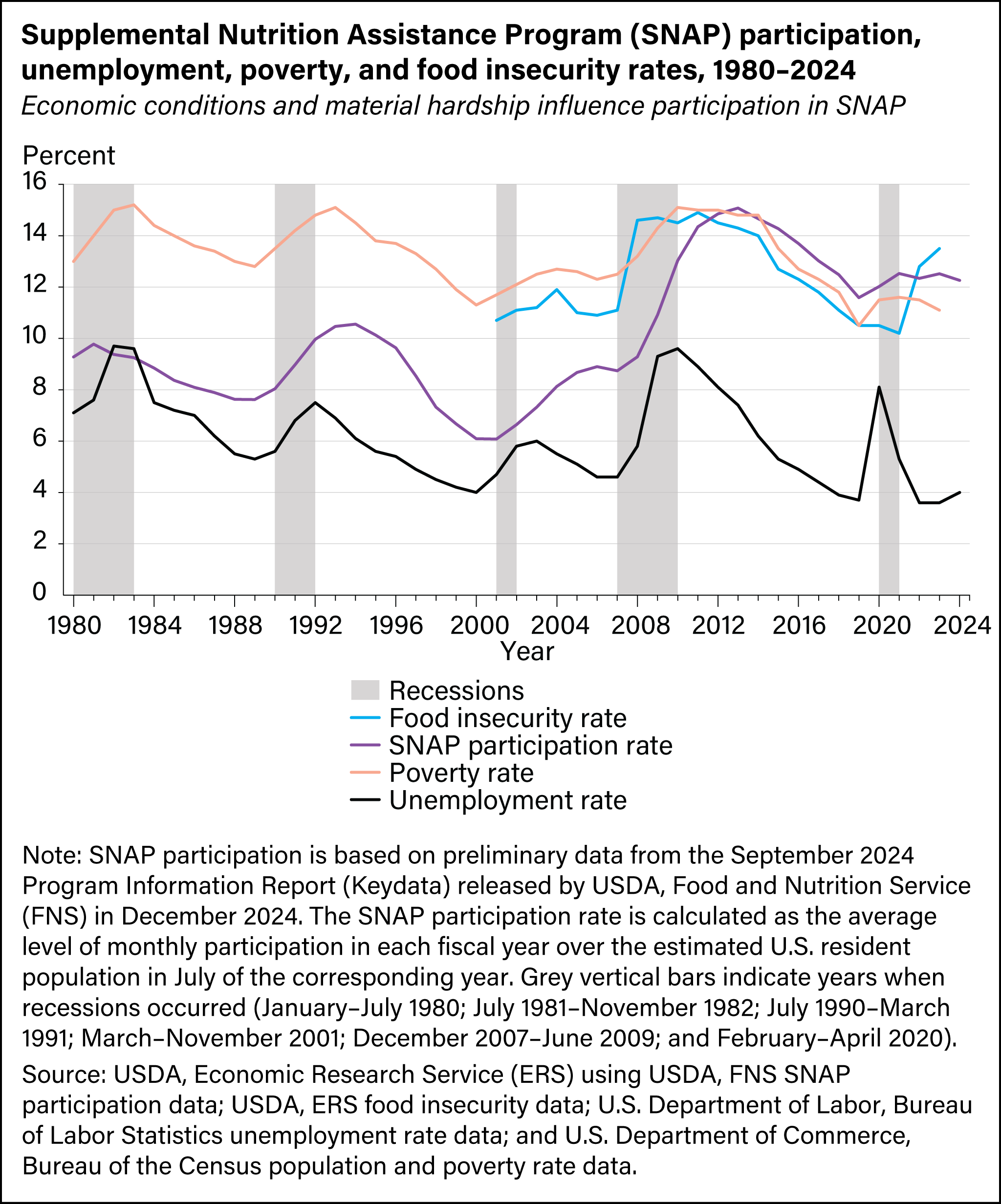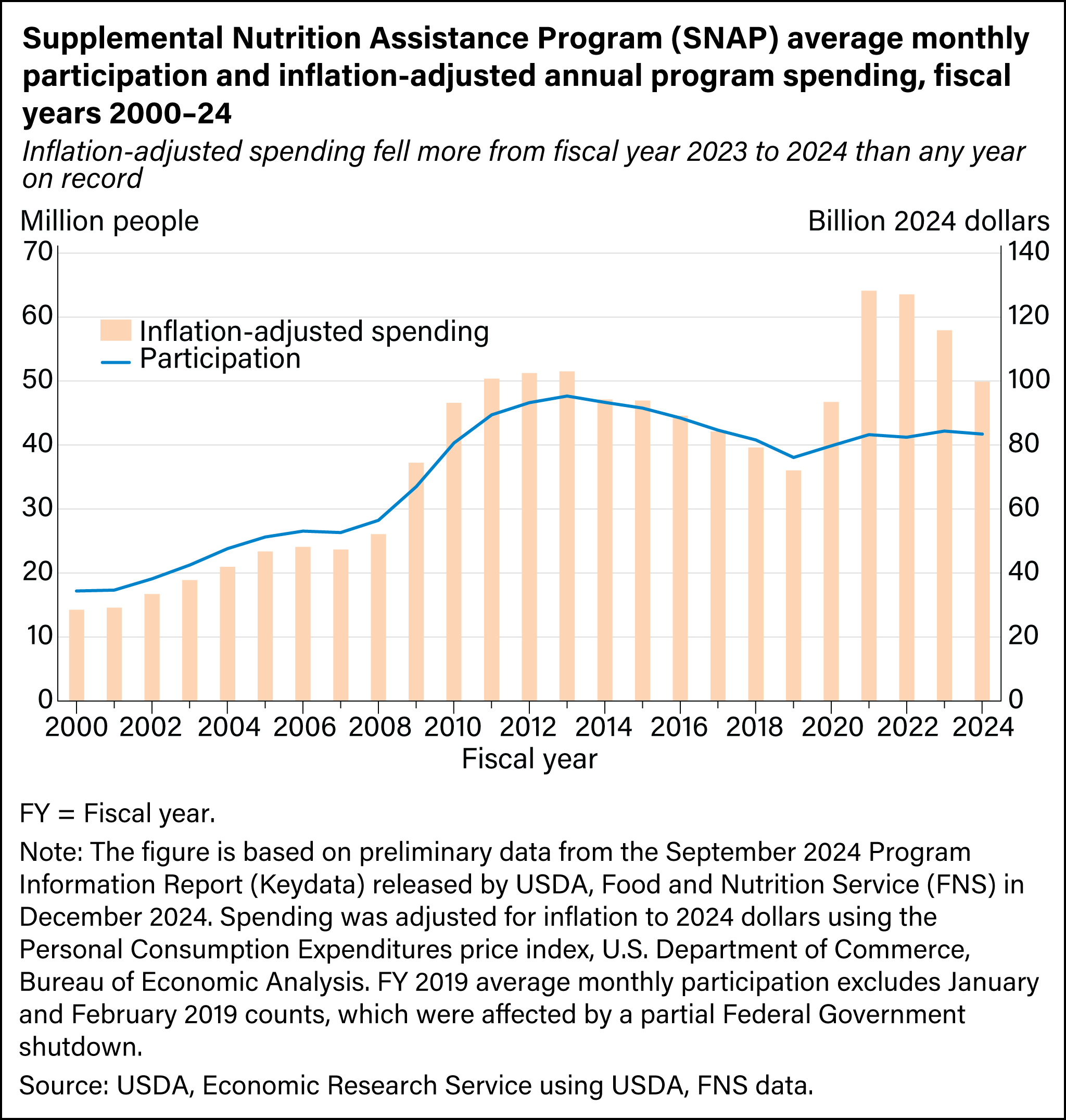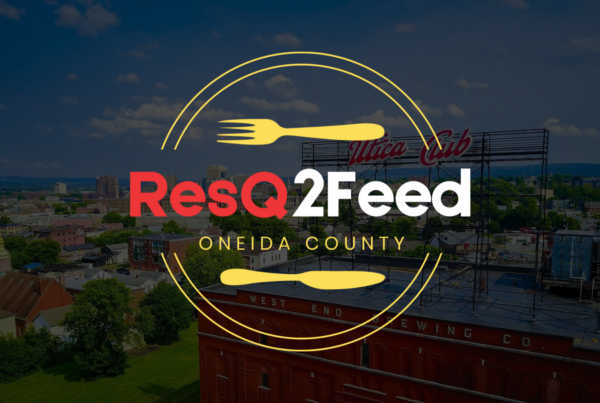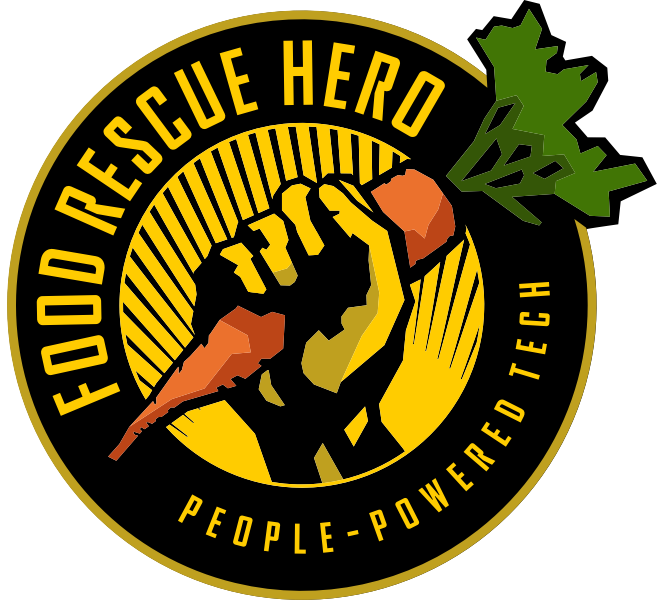WRITTEN BY:
Sean Hudson
Director of Data and Analytics
Food Rescue Hero
Last month, the USDA announced plans to eliminate the Food Insecurity Survey and the annual Food Security Report, ending nearly 30 years of standardized tracking of food security in America. 412 Food Rescue and our Food Rescue Hero Network rely on timely data like the Food Security Report to target and improve our impact. We utilized our own data, collected to evaluate the impact of our work to address food insecurity, as well as publicly available data on food insecurity, food access, transit access and other resources.
We strongly believe that the Food Insecurity Survey is an important resource that organizations like ours rely on to understand our impact on food access across the country on an annual basis. Sean Hudson, Director of Data and Analytics at 412 Food Rescue and Food Rescue Hero, evaluated the data provided since the start of the survey in 1980 and concluded that the survey is comprehensive and methodologically robust, and provides a critical tool in the effort to ensure food security for all our communities.
A Comprehensive & Methodologically Robust Survey
Each year the Food Insecurity Survey collects a nationally representative sample, asking households about many dimensions of food security. It has served as a reliable benchmark, not just for top level national numbers, but also for who, where, and how conditions change over time. The details of these reports have informed policy, private and public funding, and ground operations of organizations like ours.
The USDA’s Framing Doesn’t Tell the Full Story
The claim that food insecurity has remained “virtually unchanged” ignores wide variations across states and counties and indeed, at times, substantial shifts in rates of food insecurity at the national level, particularly during economic recessions.
While the headline numbers show national averages, the underlying data in the reports is rich and detailed, revealing important disparities locally and across demographics. Even at the national level, changes of just a couple of percentage points are significant: each percent represents over three million people in the U.S. (population 340 million). And as shown in the chart, substantial changes in food insecurity are not rare, often increasing significantly during a recession.
The statement also misrepresents SNAP funding trends. It claims there was an “87% increase since 2019” but, according to the available USDA data, funding actually rose from roughly $72 billion in 2019 to $116 billion in 2023, an increase of ~61%, and only ~78% if measured against the peak year of 2021 (see chart).
Additionally, The 2019 baseline was further depressed by a partial government shutdown, which left two months of payments absent from the available data. Compared to 2018, a year with more complete data than 2019, the increase in funding through 2023 is only ~25%, a reasonable shift given pandemic-era expansions and inflation-driven spikes in need. 2024 expenditure estimates were also available at the time of this release, showing a significant decline from 2023. Although it’s possible the press release from USDA reflects accurate information, it is unclear why this is not included in their publicly available data.
Using selective years and top-level averages to dismiss food insecurity trends misrepresents the true story of the number of Americans who struggle to put food on their tables every day and underscores why consistent, high-quality measurement is critical for understanding and addressing hunger in America. We hope the USDA will reconsider the decision to eliminate this important collection and reporting of data on this critical issue related to ensuring basic needs are met in our community.
The following chart: Data shows a significant increase in payments but notably lower than amount in release as well as a downward trend in costs in recent years.
Ending the Survey Reduces Accountability, Not Cost
This data doesn’t exist to create fear, it exists so we can apply it towards understanding food security trends and whether our policy responses are effective. My professor Jeremy Weber recently wrote in his book Statistics for Public Policy , “a world without statistics is not a world without statistical claims”. Without reports and standardized measurement, pundits and policy makers will still make claims about hunger in the U.S., but no one’s word will be better than anyone else’s without the evidence to back it up. In food recovery, or anywhere in the “impact sector” we know how important data is. We use it to identify gaps, be strategic with our limited resources, and, hopefully, improve outcomes. To quote Weber again “we regularly make or absorb claims about what is common or rare in the world around us. Our belief vacuums fill quickly with or without statistics to support them”. Good data doesn’t just fill the vacuum, it keeps us honest.
The Subtext
We can’t talk about this release without addressing the implicit, though unstated claim that underlies its five sentences. “SNAP doesn’t work”. It’s implied that the increases in SNAP spending have done nothing to affect food insecurity. The reality is that SNAP increases have reduced the prevalence of very low food security among participants by one third, and has proven to improve health outcomes while reducing healthcare costs. This is exactly why careful, high-quality measurement matters: without rigorous data, effective programs risk being dismissed or undervalued.
Measuring food insecurity isn’t optional if we seek to end it. Ending the Food Insecurity Survey takes away a clear window into hunger in America. If we want progress, we need better data, not less.
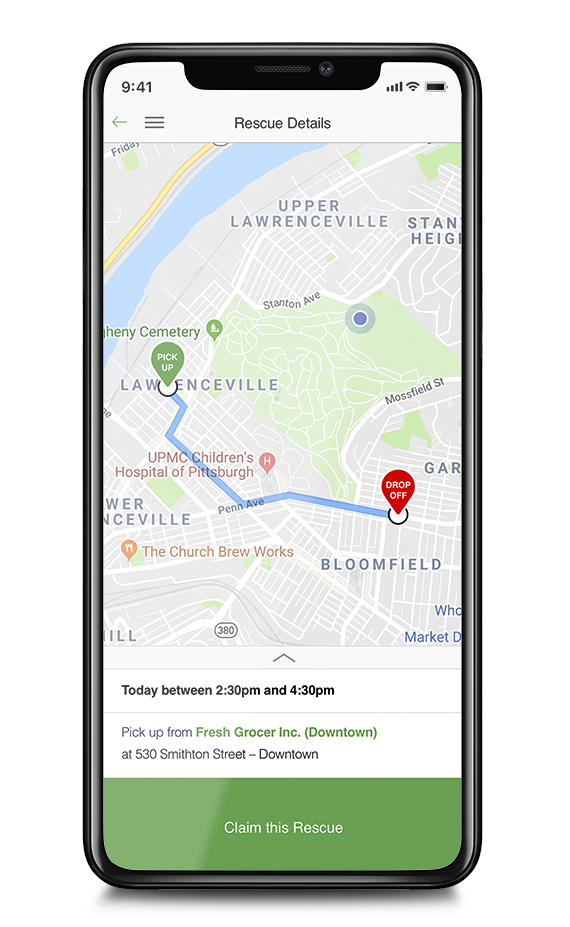
Want to grow impact in your community?
Our model merges technology, civic engagement, and public-private partnerships to introduce a new transport and distribution model that transforms surplus food into a resource and changes the way we approach food access.
And we are seeing sustainable, scalable and measurable impact.



